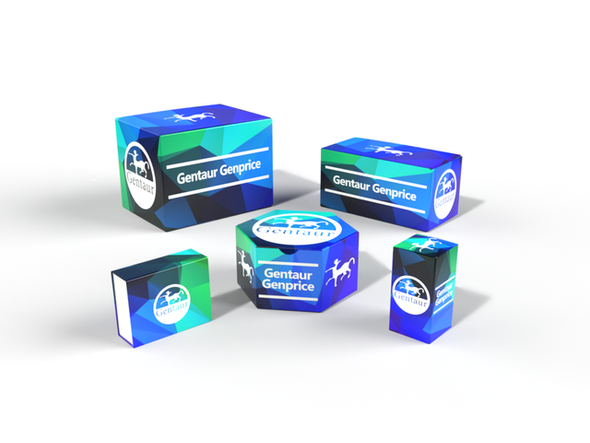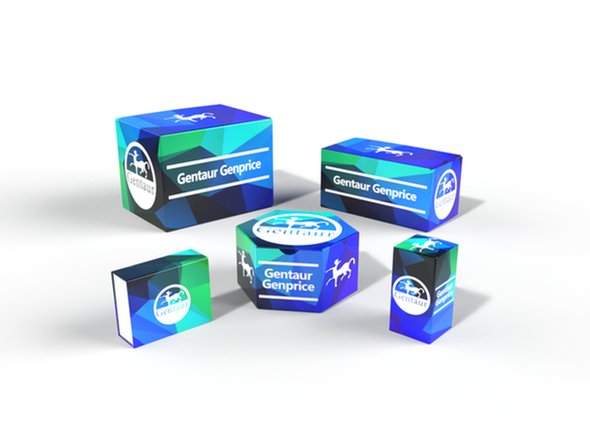Description
NUP98 Antibody | 13-195 | Gentaur UK, US & Europe Distribution
Host: Rabbit
Reactivity: Human, Mouse
Homology: N/A
Immunogen: Recombinant fusion protein containing a sequence corresponding to amino acids 621-920 of human NUP98 (NP_624357.1) .
Research Area: Signal Transduction
Tested Application: WB, IF
Application: WB: 1:1000 - 1:2000
IF: 1:50 - 1:200
Specificiy: N/A
Positive Control 1: A-549
Positive Control 2: LO2
Positive Control 3: HeLa
Positive Control 4: Jurkat
Positive Control 5: HL-60
Positive Control 6: N/A
Molecular Weight: Observed: 105kDa
Validation: N/A
Isoform: N/A
Purification: Affinity purification
Clonality: Polyclonal
Clone: N/A
Isotype: IgG
Conjugate: Unconjugated
Physical State: Liquid
Buffer: PBS with 0.02% sodium azide, 50% glycerol, pH7.3.
Concentration: N/A
Storage Condition: Store at -20˚C. Avoid freeze / thaw cycles.
Alternate Name: NUP98, ADIR2, NUP196, NUP96
User Note: Optimal dilutions for each application to be determined by the researcher.
BACKGROUND: Nuclear pore complexes (NPCs) regulate the transport of macromolecules between the nucleus and cytoplasm, and are composed of many polypeptide subunits, many of which belong to the nucleoporin family. This gene belongs to the nucleoporin gene family and encodes a 186 kDa precursor protein that undergoes autoproteolytic cleavage to generate a 98 kDa nucleoporin and 96 kDa nucleoporin. The 98 kDa nucleoporin contains a Gly-Leu-Phe-Gly (GLGF) repeat domain and participates in many cellular processes, including nuclear import, nuclear export, mitotic progression, and regulation of gene expression. The 96 kDa nucleoporin is a scaffold component of the NPC. Proteolytic cleavage is important for targeting of the proteins to the NPC. Translocations between this gene and many other partner genes have been observed in different leukemias. Rearrangements typically result in chimeras with the N-terminal GLGF domain of this gene to the C-terminus of the partner gene. Alternative splicing results in multiple transcript variants encoding different isoforms, at least two of which are proteolytically processed. Some variants lack the region that encodes the 96 kDa nucleoporin.






